What is O2O (Online-to-Offline)?
Want to save time?
Summarize this article in seconds with AI
Most of us don't go a day without being online in at least some capacity. Therefore, for a marketing plan to be successful, advertisers need to think about blending our world online and the physical one where we operate our lives seamlessly. Online to Offline (O2O) or Offline to Online marketing stands as a pivotal strategy for advertisers aiming to connect their digital presence with physical consumer interactions. By effectively using online channels to boost offline activities, advertisers can significantly enrich consumer journeys. Let's explore what O2O marketing involves, highlight notable examples, and discuss the role of various advertising media in this integrated strategy!
What is O2O?
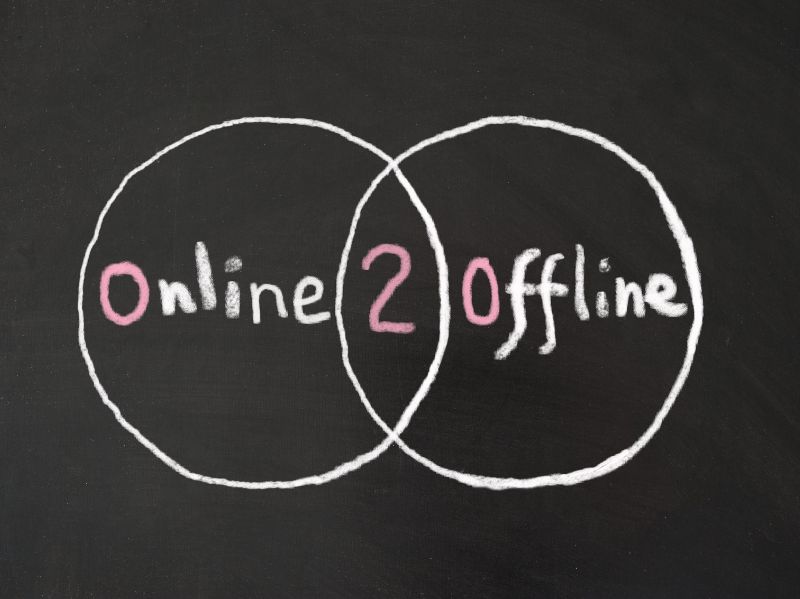
O2O marketing is a comprehensive strategy designed to funnel online audiences to offline experiences, creating a continuous loop of engagement. By leveraging the analytical power of digital platforms and the personal engagement of physical interactions, businesses can optimize customer engagement and drive conversions.
And remember, online to offline can go both ways. Let's read more!
O2O Strategies: Examples
Here is a classic O2O example: Mobile applications that enable customers to check product availability and purchase items for in-store pickup. This exemplifies how digital tools can facilitate seamless offline transactions.
For an "offline to online" instance, a retailer can use QR codes in stores to offer online discounts or access to exclusive content, bridging the gap between online browsing and in-store purchasing.
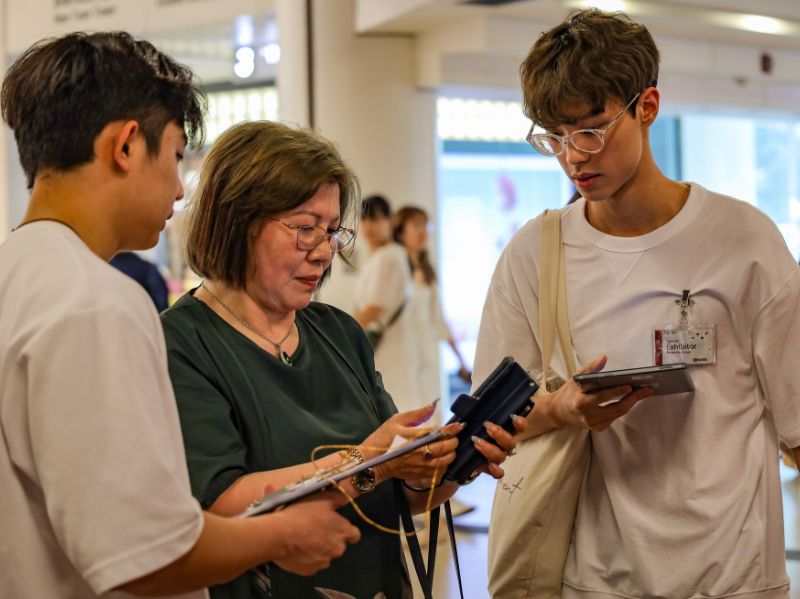
Source: Teleport
The 2024 MTR Mother's Day Queen campaign is a great example of an O2O strategy going both ways. Participants who used OpenRice or TLive to book a table or make a purchase were invited to a "magic mirror" at selected MTR stations - an immersive experience that transforms them into Queens in the form of AI-generated portraits. For patrons who passed by the installations and wanted to participate, the staff would inform them about the online process they needed to go through (i.e. reserve a table or buy something) as a prerequisite for this offline experience. This also prompted most who inquired to go online to the designated websites to complete the task (effectively completing online to offline).
Source: McDonald's Hong Kong
Another notable "two-way" O2O example is McDonlad's "Mobile Order and Pick Up". Customers can save time by ordering in advance on their phones and picking up their meals in stores. There are even OOH around the city that commuters frequent such as the MTR. These billboards encourage commuters to order online while they're in transit, effectively bring them offline to online.
Integrating Online Efforts with Offline Experiences
- Social Media and Display Advertising: Using targeted advertising on social media platforms, such as Facebook and Instagram, brands can reach specific consumer groups with messages tailored to their interests and behaviours. These ads often promote in-store events or specials to convert online interest into offline visits. Similarly, display advertising on various websites can drive online consumers to physical stores by offering location-specific promotions.
Offline Advertising Channels:
- Billboards and Outdoor Advertising: Located in high-footfall areas such as commercial districts and busy streets, billboards amplify brand visibility. When these are part of a broader digital campaign, they strengthen brand recognition and encourage visits to physical locations.
- Public Transport Advertising: Placing ads in buses, trams, and the MTR reaches a wide audience throughout their daily commutes. These ads, featuring QR codes or web links, integrate smoothly with digital campaigns, enhancing their reach and effectiveness.
- In-Store Promotions and Events: Leveraging online platforms to promote physical store events can draw online audiences into direct contact with the brand. This is particularly effective for businesses where experiencing the product is essential, such as in electronics or home furnishings.
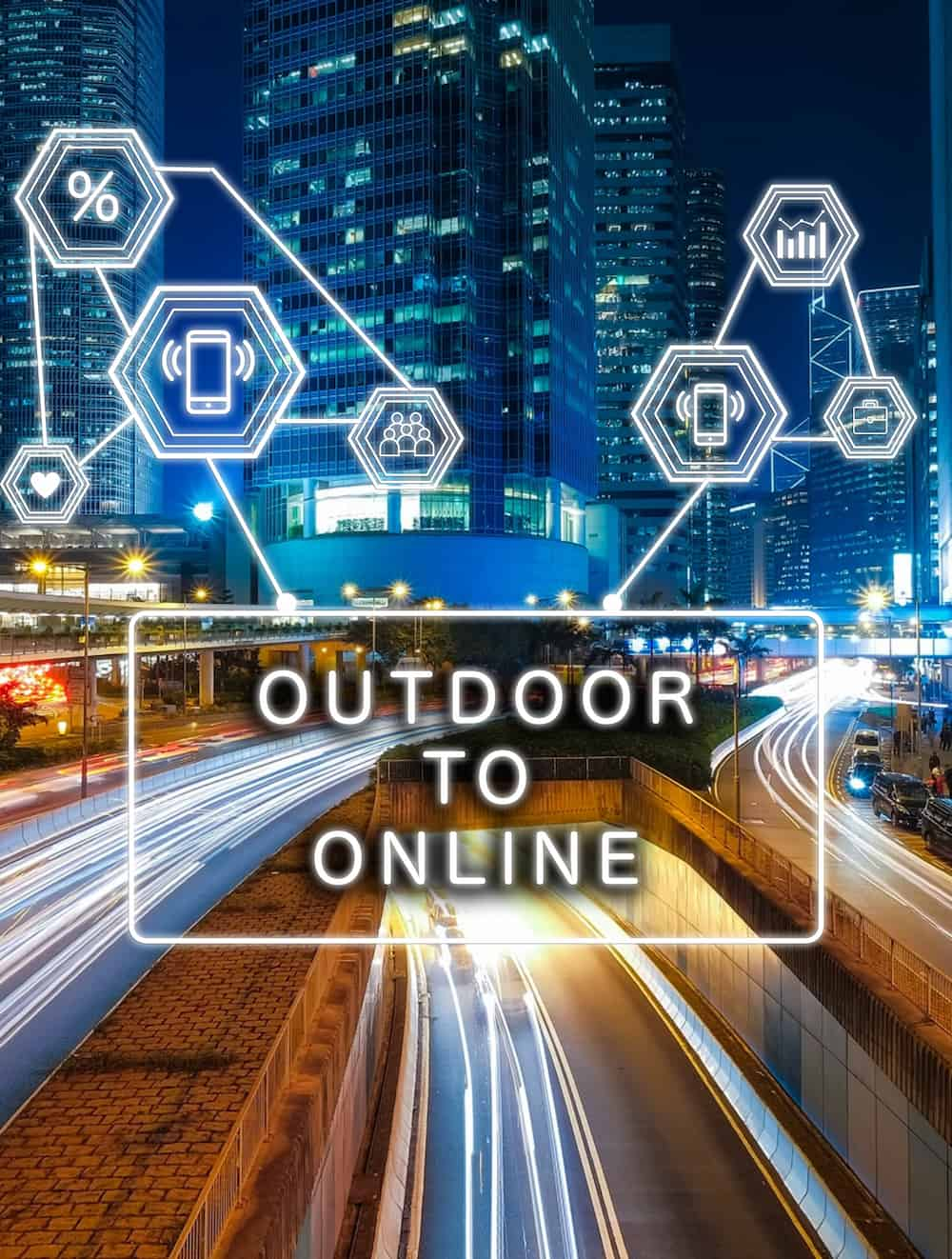
O2O Product: Outdoor to Online Solution
The Outdoor to Online Solution is a digital solution that connects Out-of-Home (OOH) and online advertising. Through sensors in 37 busy areas in Hong Kong, it gathers mobile data for precise targeting in online campaigns.
O2O Challenges and Considerations
Adopting O2O strategies requires a cohesive approach to ensure that messaging is consistent across all channels and that technological systems can comprehensively track both online and offline customer engagements. Furthermore, quantifying the impact of digital strategies on offline footfall and sales can be challenging.
Key Takeaways
- O2O marketing connects digital campaigns with physical store experiences, boosting customer engagement and conversions.
- Examples such as QR codes and specialized apps demonstrate effective bridging of online and offline worlds.
- A mix of advertising media, including digital ads and physical signage, is crucial for a successful O2O strategy.
- Achieving a unified marketing approach requires careful planning and integration of technology across platforms.
By integrating digital strategies with physical market dynamics, O2O marketing not only strengthens consumer relationships but also enhances the overall brand presence in the marketplace.
 Cookie preferences
Cookie preferences

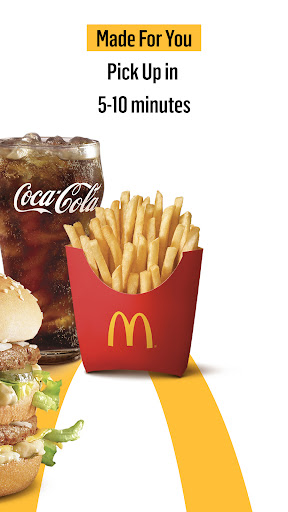
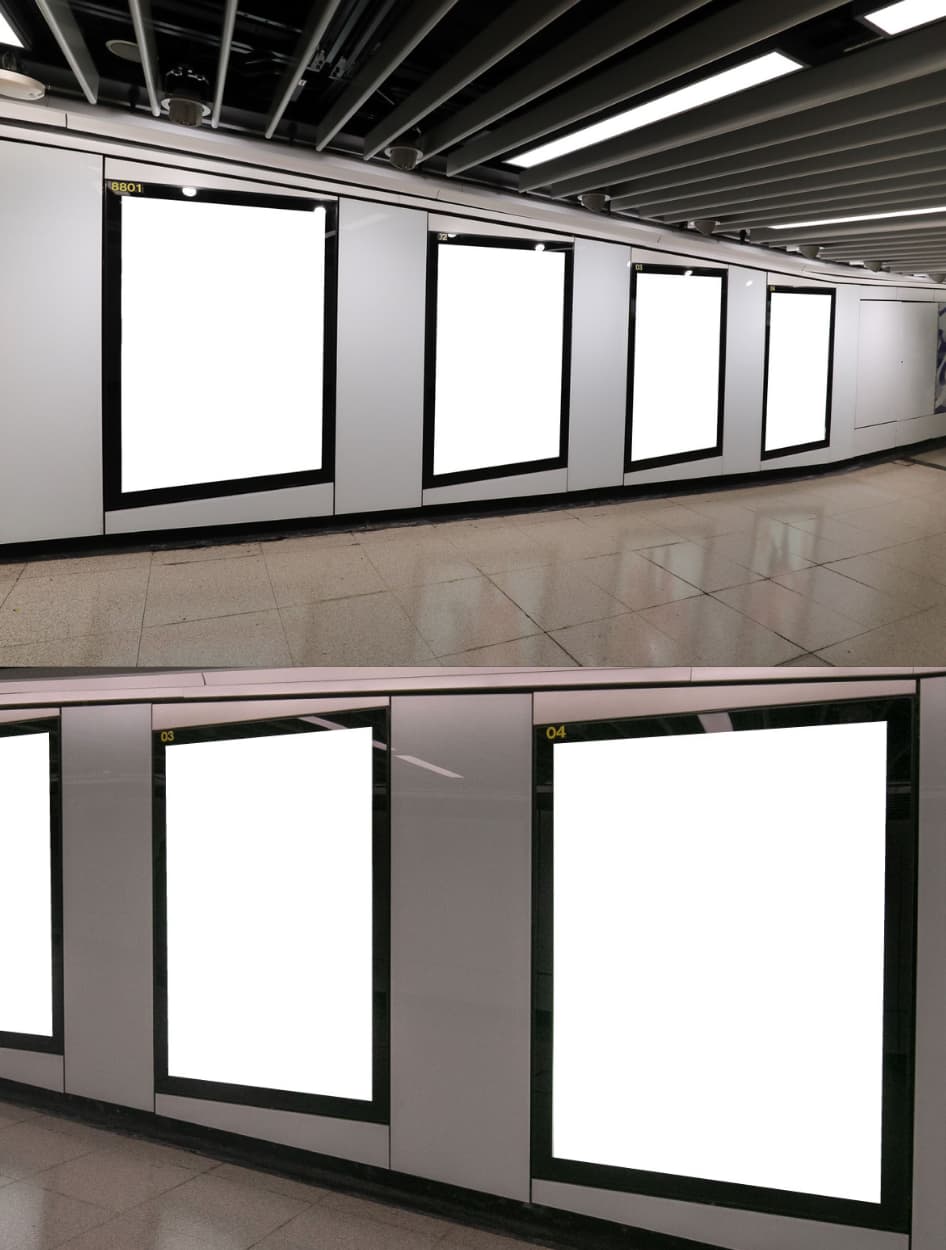


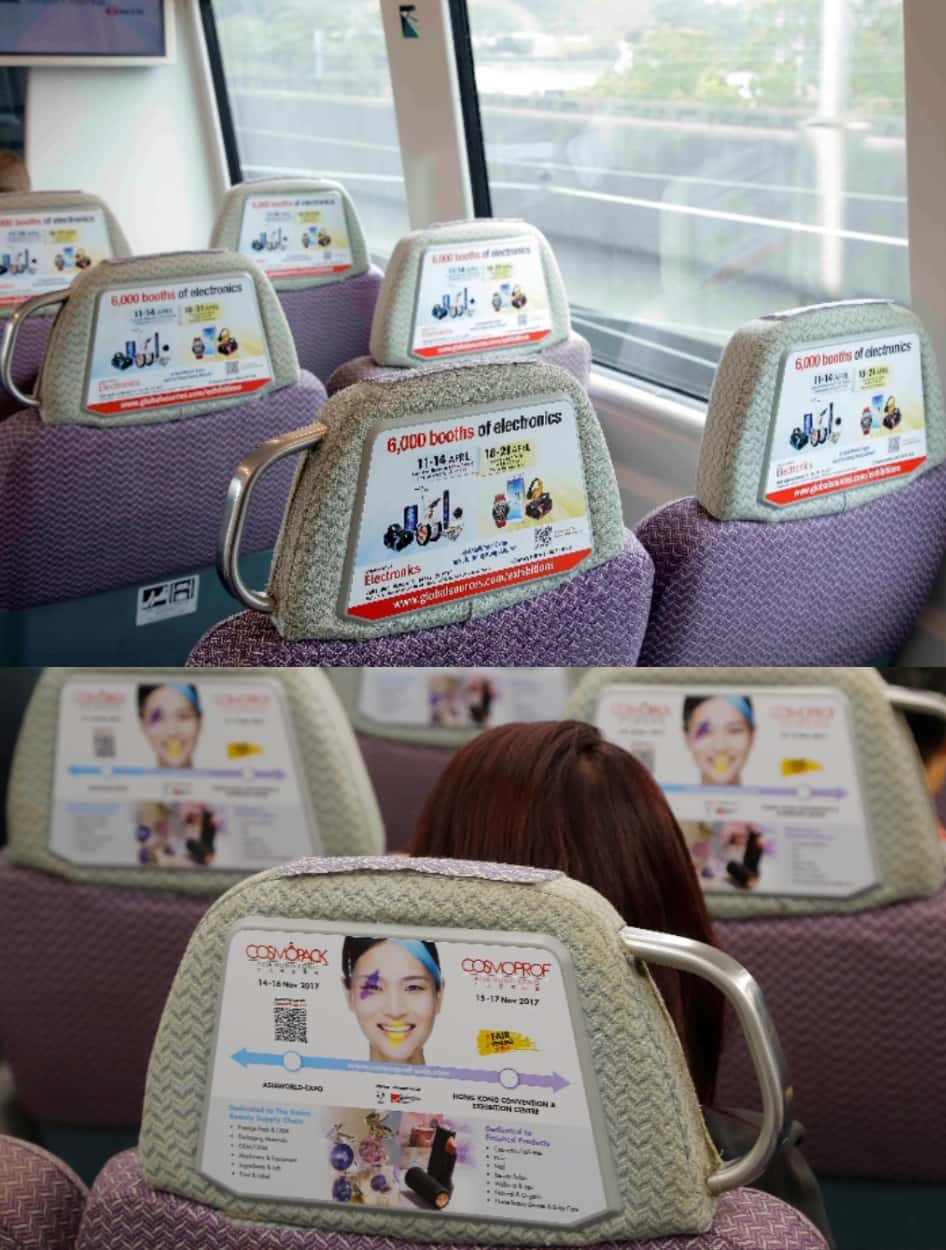







 Xiaohongshu Advertising Guide: How Can Hong Kong Brands Maximize Their Results?
Xiaohongshu Advertising Guide: How Can Hong Kong Brands Maximize Their Results?
 2x your advertising effectiveness: Master big data to optimize ad ROI
2x your advertising effectiveness: Master big data to optimize ad ROI
 Top 5 Best Ads in 2025 in Hong Kong
Top 5 Best Ads in 2025 in Hong Kong
 Hong Kong Outdoor Advertising Cost in 2026 | Adintime Report
Hong Kong Outdoor Advertising Cost in 2026 | Adintime Report
 Marketing Calendar 2026: Key Dates For Marketing Success
Marketing Calendar 2026: Key Dates For Marketing Success
 The Most Widely-Read Magazine and Newspaper in Hong Kong
The Most Widely-Read Magazine and Newspaper in Hong Kong
 Understanding YouTube Advertising Costs in 2025
Understanding YouTube Advertising Costs in 2025
 OOH /DOOH advertising in Hong Kong: Formats and Rates (2025 Update)
OOH /DOOH advertising in Hong Kong: Formats and Rates (2025 Update)
 How much does LinkedIn Advertising Cost? (2025 Update)
How much does LinkedIn Advertising Cost? (2025 Update)
 Press Ad Basics: Types, Formats and Ad Price
Press Ad Basics: Types, Formats and Ad Price